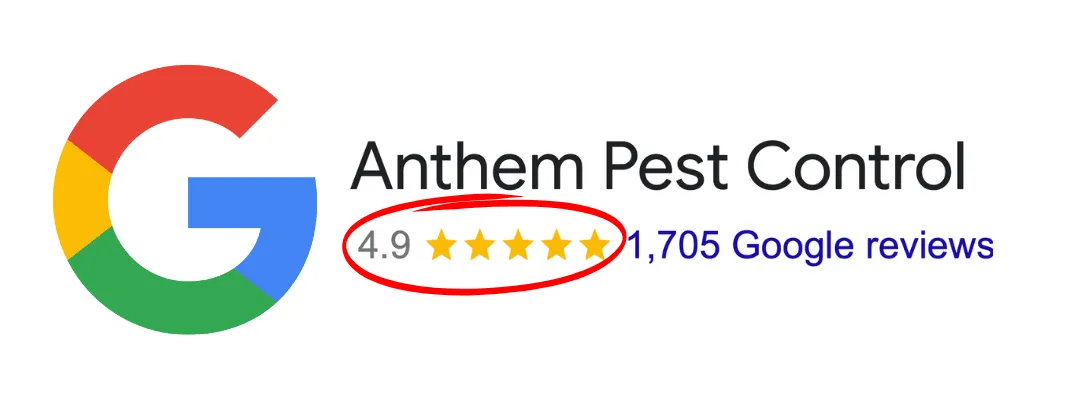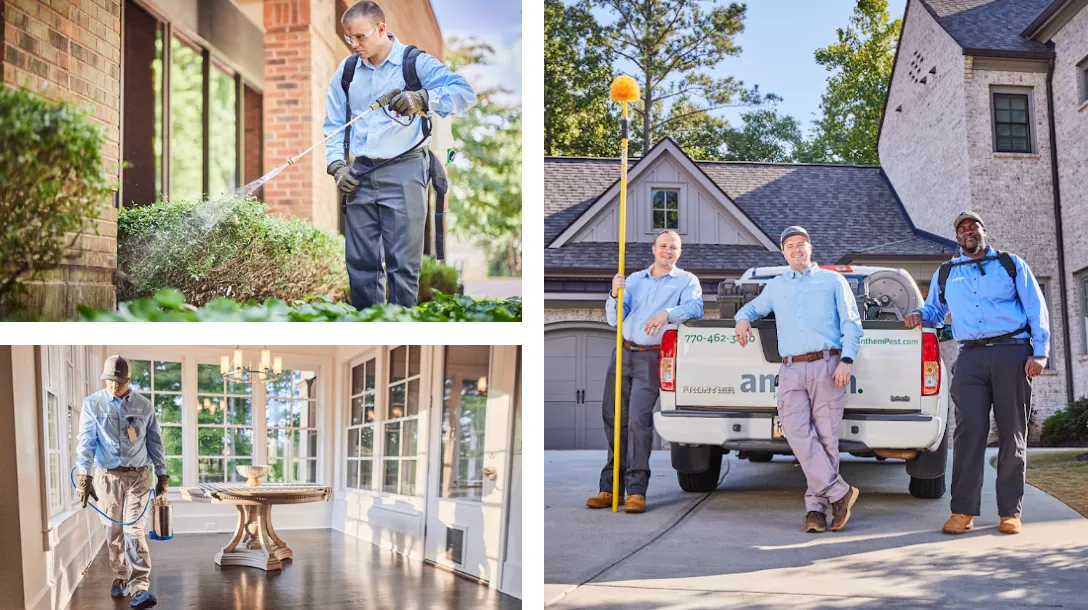
The Real Cost of Pest Control: What You Need to Know in 2024
Hey there, fellow homeowners! Let me tell you, I've been through the ringer when it comes to dealing with pests. From tiny ants to terrifying termites, I've seen it all. And boy, have I learned a thing or two about the cost of pest control along the way.
Did you know that the average American household spends around $250 to $400 annually on pest control? That's a pretty penny, right? But trust me, it's worth every cent when you're face-to-face with an army of creepy crawlies invading your space.
In this article, I will break down everything I've learned about pest control costs over the years.
We'll talk about DIY solutions, professional services, and even some money-saving tips that I wish I'd known sooner. So, grab a cup of coffee (or maybe a can of bug spray), and let's dive in!
Understanding the Basics of Pest Control Costs
Alright, let's get down to brass tacks. When it comes to pest control, there's no one-size-fits-all solution. The cost can vary wildly depending on a bunch of factors. Trust me, I learned this the hard way when I tried to cheap out on my first pest control experience. Big mistake!
• Type of pest: Different critters require different treatments. Ants? Usually not too bad. Termites? Oof, prepare your wallet.
• Size of your property: Bigger house = more area to treat = higher cost. Simple math, folks.
• Severity of infestation: A few bugs here and there? Not too pricey. A full-blown infestation? Time to break out the big guns (and the big bucks).
• Location: Where you live can affect prices. City dwellers might pay more than their rural counterparts.
• Frequency of treatment: One-time deal or ongoing maintenance? Your choice affects the bottom line.
Now, I remember when I first moved into my house. I saw a couple of ants and thought, "No big deal, I'll just grab some spray from the dollar store." Fast forward a month, and I'm knee-deep in an ant apocalypse. Lesson learned: sometimes it pays to pay for proper treatment right off the bat.
DIY Pest Control: Cheap but Tricky
Listen, I get it. We're all trying to save a buck where we can. And DIY pest control can seem like a great way to do just that. But let me tell you, it's not always smooth sailing.
• Cost range: You're looking at about $6 to $50 for most DIY solutions.
• Pros: It's cheap, and you feel like a total boss handling it yourself.
• Cons: It can be ineffective if not done right, and some pests are just too tough for store-bought stuff.
I remember this one time I decided to tackle a wasp nest on my own. Armed with a can of spray and more confidence than sense, I marched into battle. Long story short, I ended up with a bunch of stings, a bruised ego, and a pest problem that was worse than when I started. Sometimes, it's worth calling in the pros.
That being said, DIY can work for minor issues. Ant problems? A mix of borax and sugar can work wonders. Fruit flies? Apple cider vinegar trap, baby! Just know your limits and don't be afraid to call for backup when things get out of hand.
Professional Pest Control: The Cost of Peace of Mind
Now, let's talk about bringing in the big guns – professional pest control services. Yeah, it's pricier than DIY, but man, the peace of mind is worth its weight in gold.
• One-time Pest service: Typically ranges from $200 - $300 per visit.
• Quarterly Pest service: Usually between $119 - $189 per quarter.
• Bi-monthly Pest service: About $100 to $140 every other month.
• Monthly Pest service: About $100 to $140 every other month.
I'll never forget the day I finally caved and signed up for professional Pest Control. I'd been battling a roach invasion for months, and I was at my wit's end. The technician walked in, took one look around, and said, "Don't worry, we've got this." And you know what? They did. Within a week, my roach problem was history.
Here's a Pest Control calculator that will help you understand the average costs for service for Pest Control, Mosquito Control & Termite control. It also has a built in comparison tool to compare local pest control rates comparing various Pest companies like Orkin & Terminix:
Factors That Can Increase Your Pest Control Costs
Okay, so we've covered the basics. But there are a few curveballs that can really jack up your pest control costs. Trust me, I've been blindsided by a few of these myself.
• Type of pest: Some critters are just more expensive to evict. Termites and bed bugs? They're like the VIP guests of the pest world – expensive and hard to get rid of.
• Extent of infestation: The longer you wait, the worse (and more expensive) it gets. I learned this the hard way with a mouse problem. What started as a single mouse turned into a whole family reunion in my walls.
• Accessibility: If the pests are in hard-to-reach places, expect to pay more. I once had a wasp nest in my chimney. Let's just say that was not a cheap fix.
• Recurring treatments: Some pests need multiple treatments to fully eradicate. It's like they have a frequent flyer program or something.
I remember this one summer when I noticed a few termites around my porch. "No big deal," I thought. "I'll just spray 'em and be done." Oh, how wrong I was. By the time I realized the extent of the problem, those little wood-munchers had turned my porch into Swiss cheese. The repair and treatment costs? Let's just say I'm still recovering financially.
Money-Saving Tips for Pest Control
Alright, now for the good stuff. After years of trial and error (mostly error), I've picked up a few tricks to keep costs down without sacrificing effectiveness.
• Prevention is key: Regular cleaning and sealing entry points can save you big in the long run.
• Know your enemy: Properly identifying the pest helps you choose the right treatment.
• Shop around: Get quotes from multiple companies. But remember, cheapest isn't always best.
• Consider annual contracts: They often work out cheaper than one-off treatments.
• Combine services: Some companies offer discounts if you bundle pest control with other services.
One of my proudest moments was when I managed to nip a potential ant problem in the bud. I noticed a few scouts in my kitchen, and instead of ignoring them (like I would have in the past), I immediately sealed up cracks, cleaned thoroughly, and set out some natural deterrents. Crisis averted, money saved!
When to Splurge vs. When to Save
Look, I'm all for saving money where you can. But when it comes to pest control, sometimes you gotta know when to hold 'em and when to fold 'em.
• Splurge: For serious infestations, dangerous pests (like wasps or poisonous spiders), or if you've got kiddos or pets to worry about.
• Save: For minor issues like the occasional ant or fly, or preventative measures.
I'll never forget the time I tried to cheap out on dealing with a yellow jacket nest. I pd, "How hard can it be?" Well, let me tell you, it can be very hard – and painful. After a few stings and a bruised ego, I called in the pros. Lesson learned: some things are worth paying for.
Conclusion
Well, folks, we've covered a lot of ground here. From DIY solutions to professional services, we've explored the ins and outs of pest control costs. Remember, the cheapest option isn't always the best, but the most expensive isn't necessarily the answer either.
The key is to be proactive, know your limits, and don't be afraid to call in the big guns when needed. And if you're ever in doubt, Anthem Pest Control is always a solid choice. They have over 10,000 5 star Google reviews and are the #1 rated Pest Control company in Georgia & Texas!
At the end of the day, your home is your castle. And nobody wants to share their castle with unwanted critters. So whether you're battling ants, roaches, or something more sinister, remember that effective pest control is an investment in your home and your peace of mind.
Stay vigilant, my friends, and may your homes remain pest-free!





